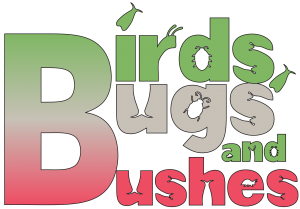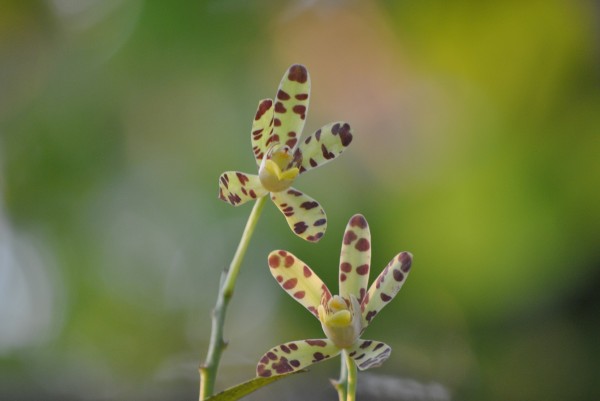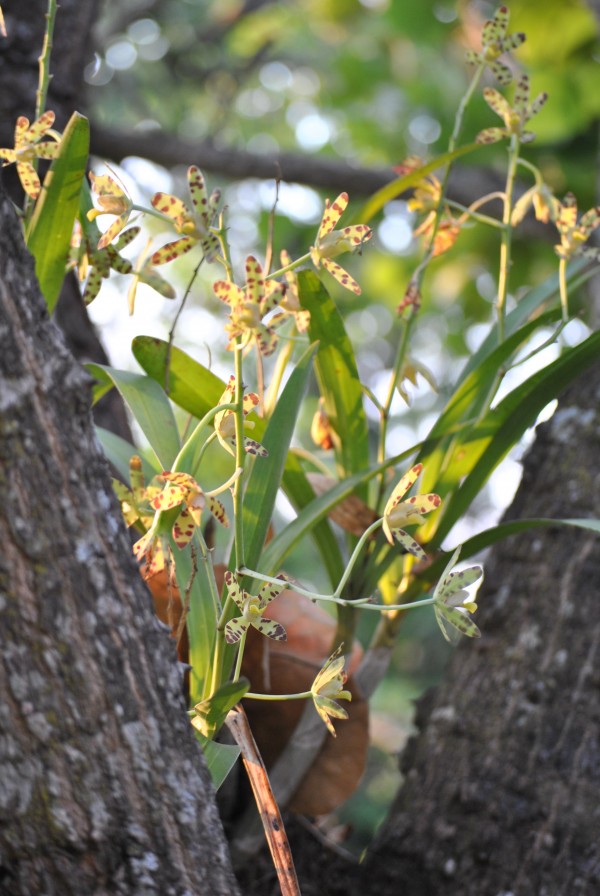 Ansellia africana
Family: Orchidaceae
Common names: Leopard Orchid
Ansellia africana
Family: Orchidaceae
Common names: Leopard Orchid
This is the largest of the epiphytic orchids and grows in magnificent clumps in trees in the subtropical areas of southern Africa.
This orchid is an epiphyte, which means that the whole plant, roots and all, grow above ground, attached to the branches of trees. The roots, which anchor the plant to the tree, are specially adapted to absorb water and nutrients very quickly. An unusual feature are the needle-like roots pointing upwards which form in a dense mass around the pseudobulbs and catch the rotting leaves and detritus upon which the plant feeds. In the wild, plants live for a long time and can become very large, some estimated to weigh over a tonne.
The Ansellia africana orchid can be found in Ghana, Guinea-Bissau, Ivory Coast, Liberia, Nigeria, Burundi, Central African Republic, Cameroon, Congo, Equatorial Guinea, Gabon, Gulf of Guinea Islands, Rwanda, Zaire, Sudan, Uganda, Kenya, Tanzania, Angola, Malawi, Mozambique, Zambia, Zimbabwe, Botswana, Namibia, South Africa and Swaziland along dry warm coasts and rivers to elevations of 2200 metres but usually below 700 metres.
The plant was named after John Ansell, an assistant botanist on an 1841 expedition to the Niger River and is commonly known as the Leopard Orchid.
Traditionally Ansellia africana is used as a love charm, as an antidote for bad dreams and at homesteads to ward off lightning. The Zulus use the roots, stems and leaves of this species to make a tea that functions as an emetic. In northern Zimbabwe this species leaves and stems are used to make a broth that is a supposed cure for madness and the Pedi tribe of Zimbabwe use this species to make an infusion that curtails coughing in children.
Flowering time for the Ansellia africana orchid is during the summer months. The flowers can last for between two and three months. Flowers are borne on branching sprays and are yellow and sometimes even green with typical red/brown or maroon leopard spots.


Leave a Reply
You must be logged in to post a comment.